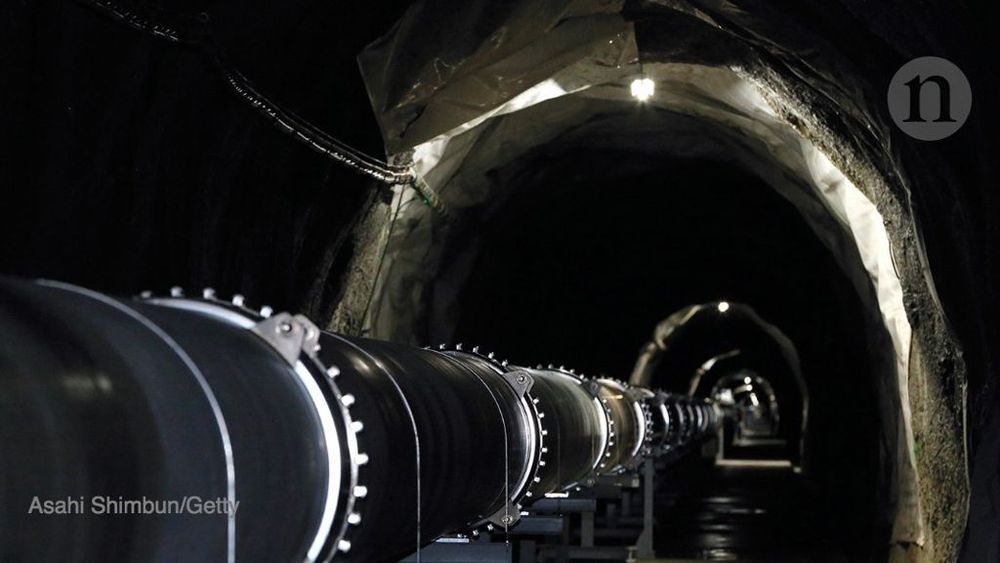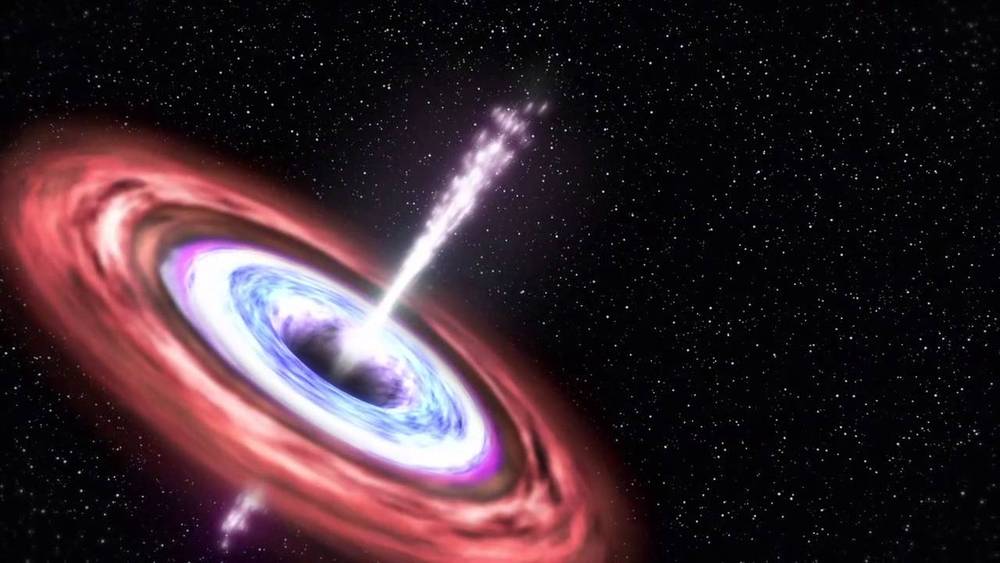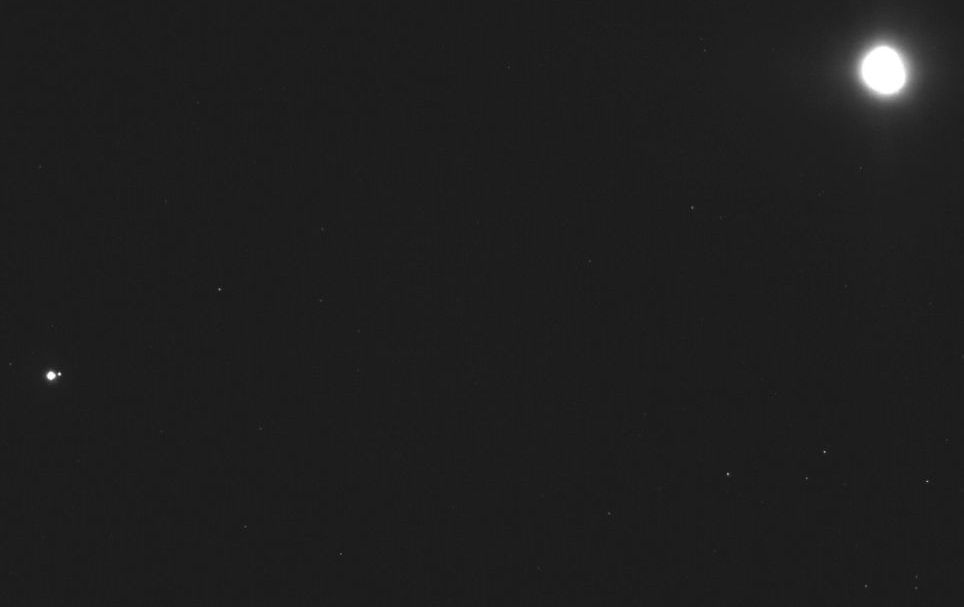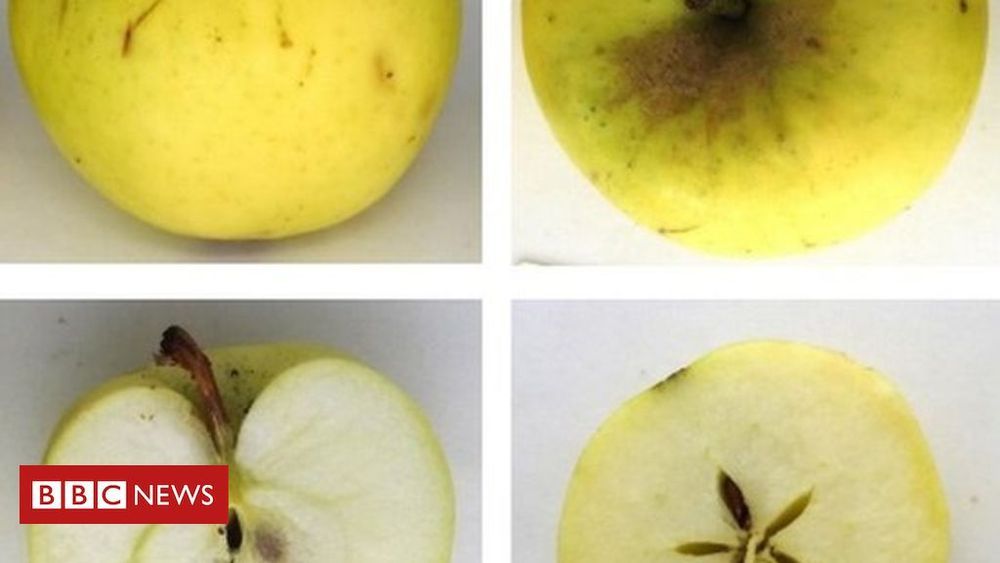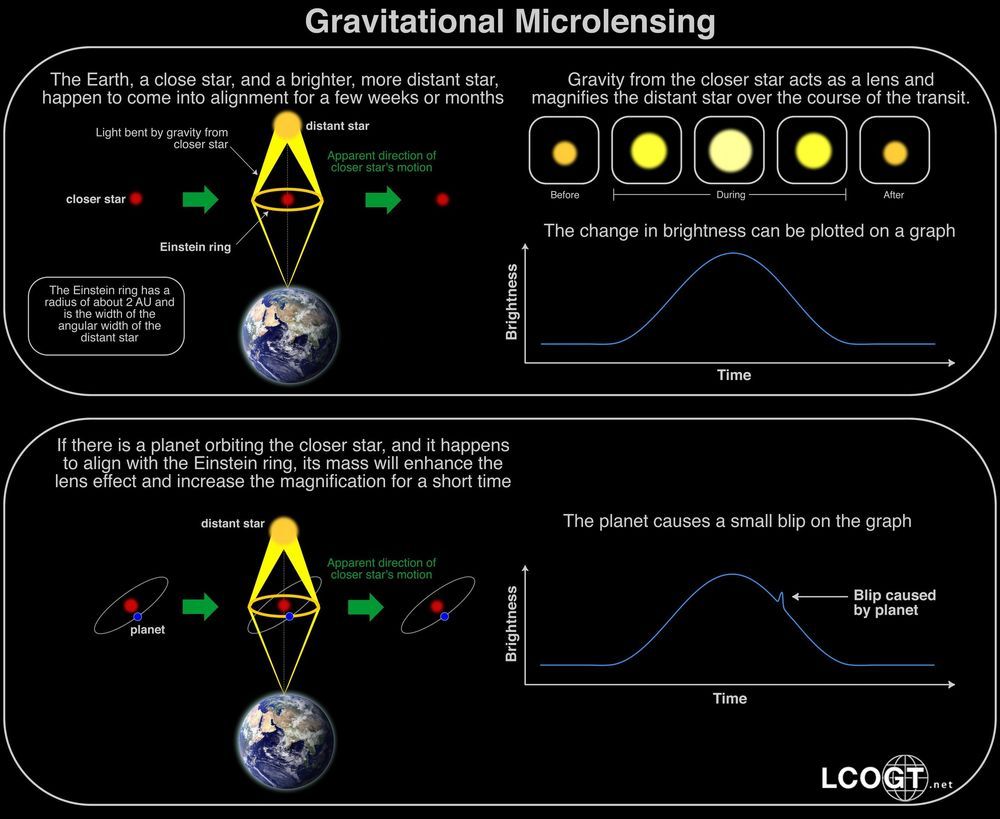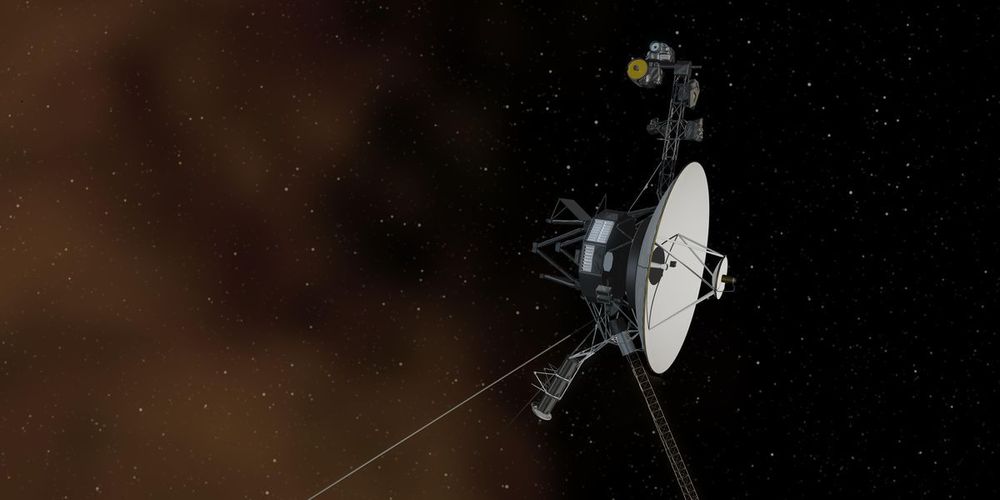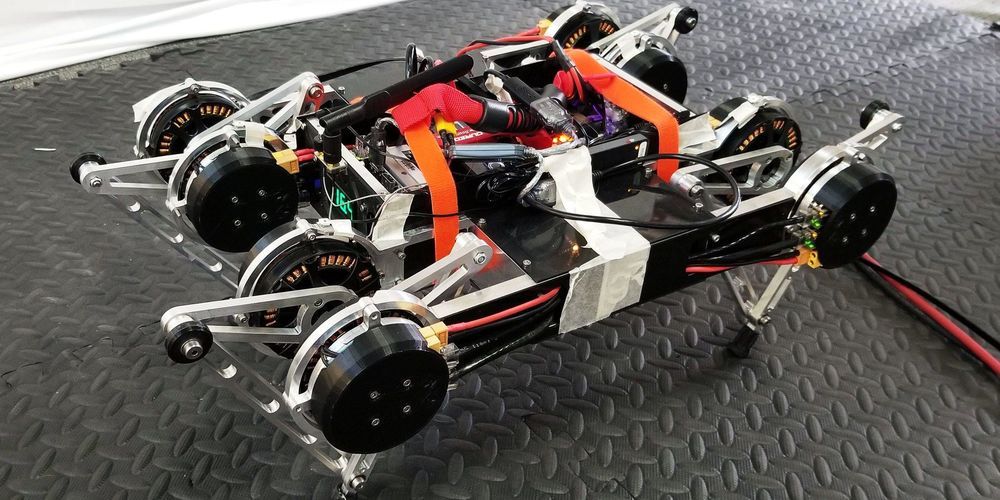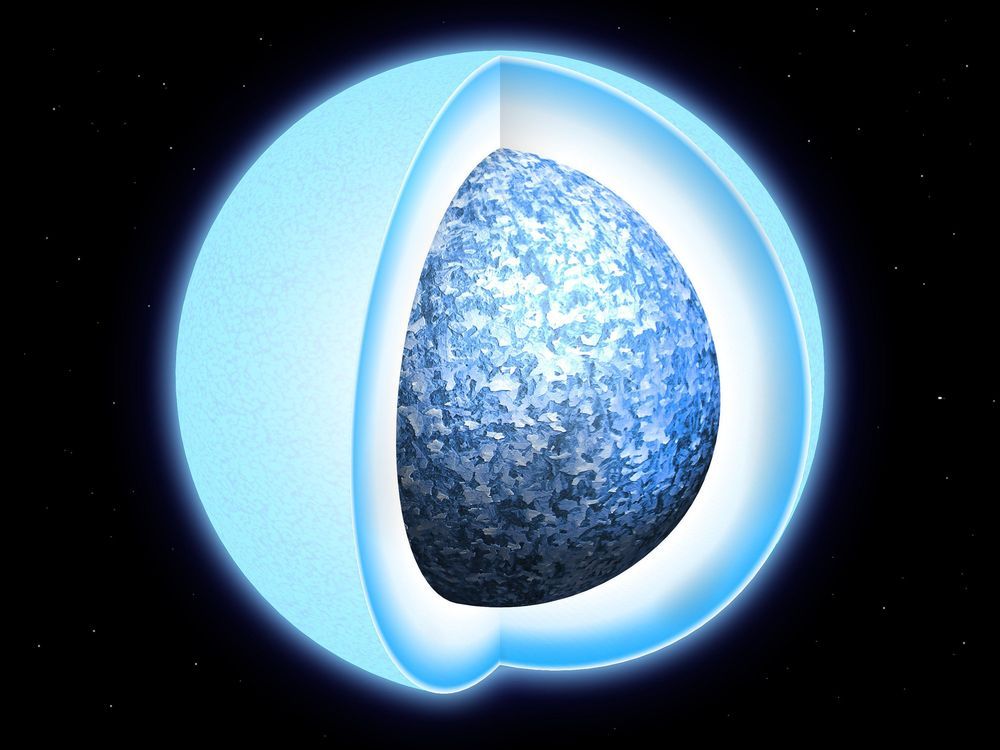Jan 10, 2019
Japan’s pioneering detector set to join hunt for gravitational waves
Posted by Derick Lee in categories: cosmology, physics
The ¥16.4-billion (US$148-million) observatory — Japan’s Kamioka Gravitational Wave Detector (KAGRA) — will work on the same principle as the two detectors of the Laser Interferometer Gravitational-Wave Observatory (LIGO) in the United States and the Virgo solo machine in Italy. In the past few years, these machines have begun to detect gravitational waves — long-sought ripples in the fabric of space-time created by cataclysmic cosmic events such as the merging of two black holes or the collision of two neutron stars.
LIGO’s Asian cousin will this year deploy ambitious technology to improve sensitivity in the search for these faint, cosmic ripples — but its biggest enemy could be snowmelt.
